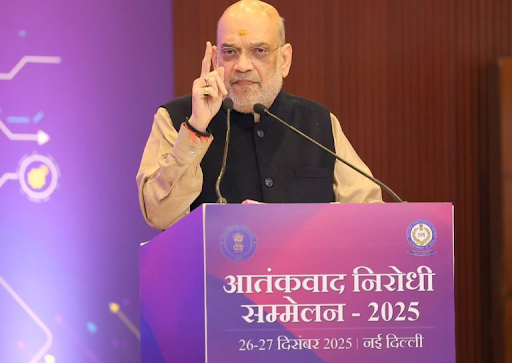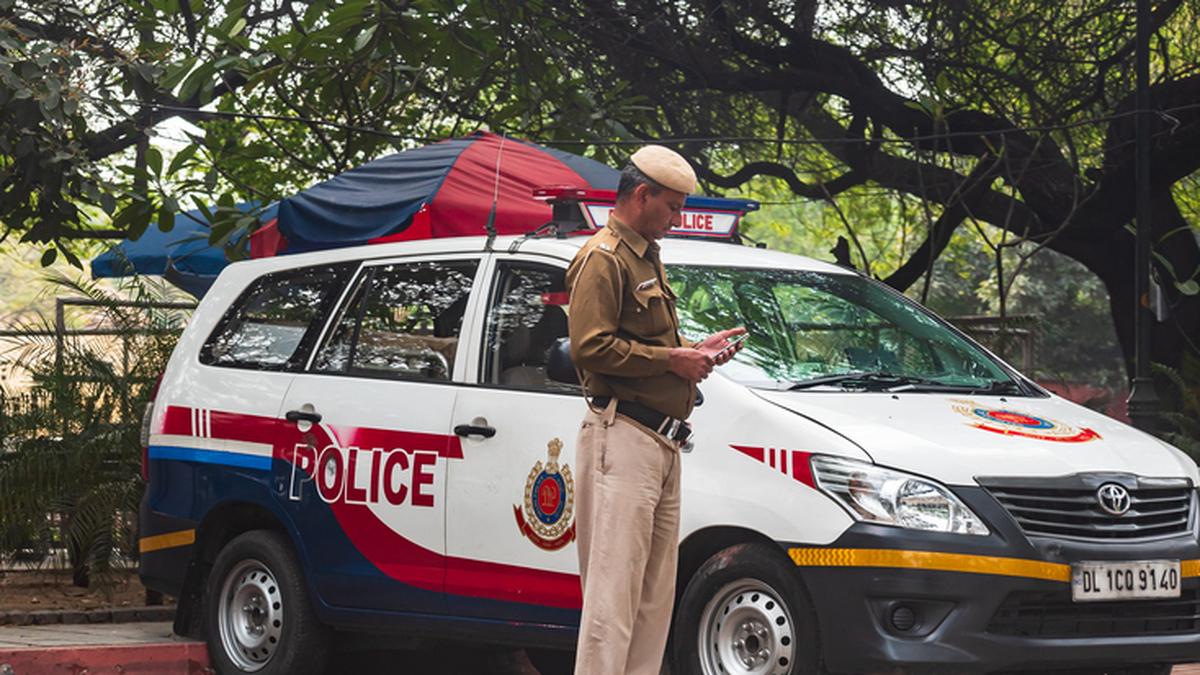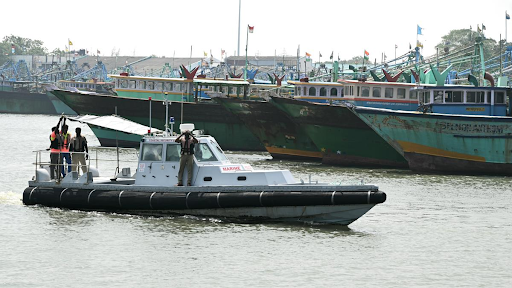




Source: HINDU
Disclaimer: Copyright infringement not intended.
On May 16 2025 Union Home Minister inaugurated the revamped Multi-Agency Centre at North Block, New Delhi.
The MAC is a centralised intelligence-sharing platform housed within the Intelligence Bureau.
Initially conceptualised in 2001 post-Kargil war the MAC has now been upgraded with advanced technological and structural enhancements at a cost of ₹500 crore.
Enhance inter-agency coordination to tackle terrorism, extremism, organised crime and cyber threats.
Provide a real-time, secure communication network to share actionable intelligence across the country.
Enable integrated decision-making and swift operational responses by linking 28 national and state-level organisations.
|
Feature |
Description |
|
Nationwide Coverage |
All police districts across India are now connected to the MAC grid. |
|
Multi-agency Integration |
Involves 28 organisations including: RAW, IB, Defence Forces, CAPFs, NIA, State Police Forces etc. |
|
Real-time Intelligence Sharing |
Enables live sharing and updating of intelligence and security inputs. |
|
Artificial Intelligence & Machine Learning |
Integrated AI/ML capabilities to analyse patterns, predict threats and assist in operational planning. |
|
Geographic Information System (GIS) |
Supports hotspot mapping, location analysis and real-time threat visualisation. |
|
Future-ready Architecture |
Capable of integrating other critical databases and analytical tools from various central agencies. |
|
Enhanced Data Analytics |
Provides trend analysis, timeline analysis and predictive security insights. |
Counter-Terrorism Operations
Improves prevention, detection and neutralisation of terrorist activities.
Key support to initiatives like Operation Sindoor 2025 which targeted Maoist insurgency zones in Chhattisgarh-Telangana border.
Anti-Naxal and Internal Security
Enhanced coordination between Central Armed Police Forces and State forces.
Better surveillance and intelligence sharing in Left-Wing Extremism affected areas.
Cybersecurity and Organised Crime
Capacity to detect cyber threats and transnational organised crime using inter-agency cooperation and analytics.
|
Challenge |
Explanation |
|
Data Silos |
Many intelligence databases still function independently and need integration. |
|
State-Centre Coordination |
Requires smooth cooperation from State law enforcement agencies and timely information exchange. |
|
Privacy and Oversight |
Balancing national security with citizens’ privacy rights needs legal safeguards. |
|
Capacity Building |
Training personnel across agencies in data interpretation and technical tools is crucial. |
Operates under the Union List (Entry 8 and 10) — Central jurisdiction over intelligence and defence.
Linked to the mandates under:
National Investigation Agency Act 2008
Unlawful Activities (Prevention) Act 1967
Information Technology Act, 2000 for cybercrime
Integrated Intelligence Grid: Merge MAC with NATGRID, CCTNS and other national security platforms.
Legal Framework: Codify the powers and functions of MAC in law for transparency and accountability.
Decentralised Nodes: Strengthen regional intelligence units for ground-level penetration.
Civil-Military Synergy: Build joint response strategies across agencies.
Public-Private Cooperation: Engage with technology firms for AI/cybersecurity tools.
Sources:
|
PRACTICE QUESTION Q. The success of national security initiatives depends on Centre-State coordination. In this context, analyse how the revamped Multi-Agency Centre can bridge the intelligence-sharing gap between Union and State forces. 250 words |





© 2026 iasgyan. All right reserved